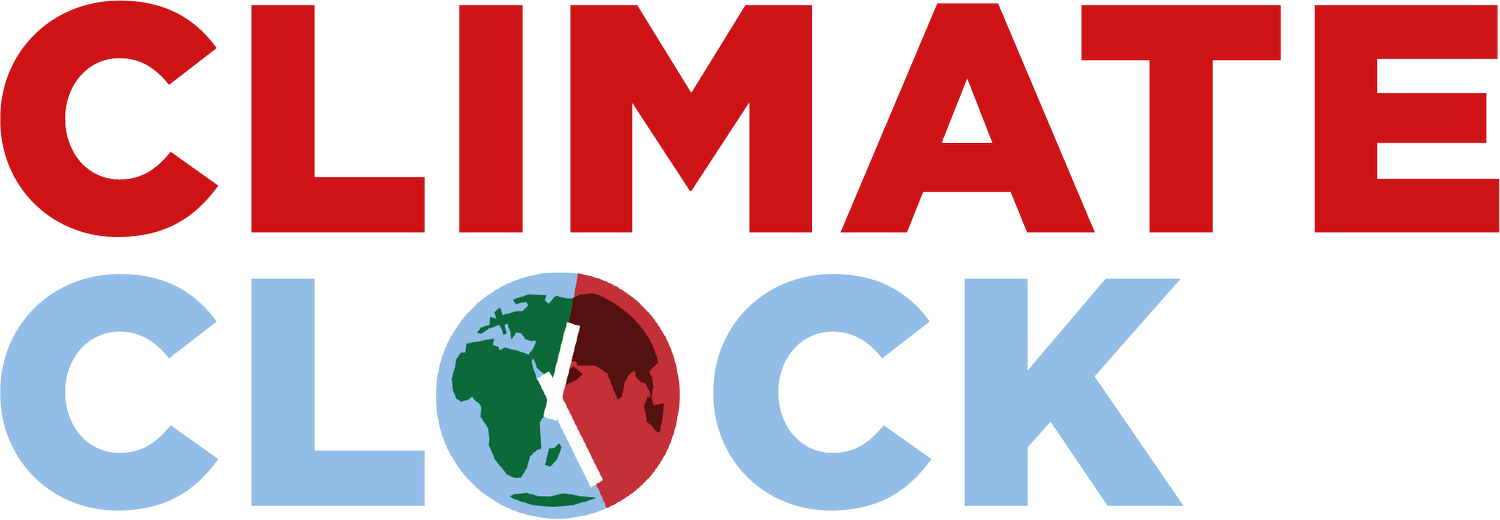Lifeline: GENDER PARITY
WORLD PARLIAMENTS: 26.9% WOMEN
The Climate Clock’s Gender Parity lifeline tracks the global averages of women in all national parliaments, according to IPU Parline. The demand to achieve gender parity remains a key factor in all negotiations and agreements to combat the adverse effects of climate change. With just 6 years left, the Climate Clock emphasizes the need to fast track gender parity as a climate solution.
overview
Years of research has shown that when women participate in decision-making spaces, not only is there more effective risk management in their communities, they show a greater commitment to promoting climate policies that result in the reduction of carbon dioxide emissions. Multiple studies show a clear positive correlation between female representation in parliaments and the robustness of climate action. One study, for example, showed that in countries with 38% or more women legislators, per capita forest cover increased considerably.
The Paris Agreement recognized that women's participation in decision-making was essential to achieve climate justice, and established gender equality and the empowerment of women as key for policy design. In a 2019 report, the International Institute for Sustainable Development states that women must be part of any effective adaptation to climate change.
Ayisha Siddiqa
2024 updates
While the percentage of women in decision-making roles within governments is still far from equal, there has been some progress in the last year:
Ministerial Positions
Around 32% of environment ministers globally are women (UN Women).
Parliamentary Seats
In environment-related committees, women hold roughly 29.7% of seats in the EU (European Institute for Gender Equality). Global numbers might be similar to IPU data.
Overall decision-making
Data suggests women hold around 15-20% of top leadership positions in environmental ministries and agencies (International Union for Conservation of Nature).

The Effects of Climate Breakdown on Women
This lifeline is additionally important, because women – due to the disadvantaged position that historical inequalities have perpetuated – are more adversely impacted by climate breakdown/disruptions than men. It is a core principle of climate justice to take leadership from the most impacted, and to recognize they are also more likely to better understand the solutions that are needed. The state of vulnerability women and girls face, especially in times of crisis, is reflected in access to resources, assets, services and participation in decision-making spaces, causing them to be more affected than the rest of the population. Women are also more likely to experience episodes of gender-based violence after disasters, which reduces women's adaptive capacity and resilience, weakening the future resilience of communities, as has been observed in different regional contexts.
HOW TO USE THIs lifeline
Share your thoughts
Why is Gender Parity a solution to the climate crisis? Tell us via the form below.
Use this lifeline
Use this information to pressure your local government to #ActInTime
Nominate a woman to win
Know a woman in a leadership position in your community who would be a good advocate for the Gender Parity Lifeline?














